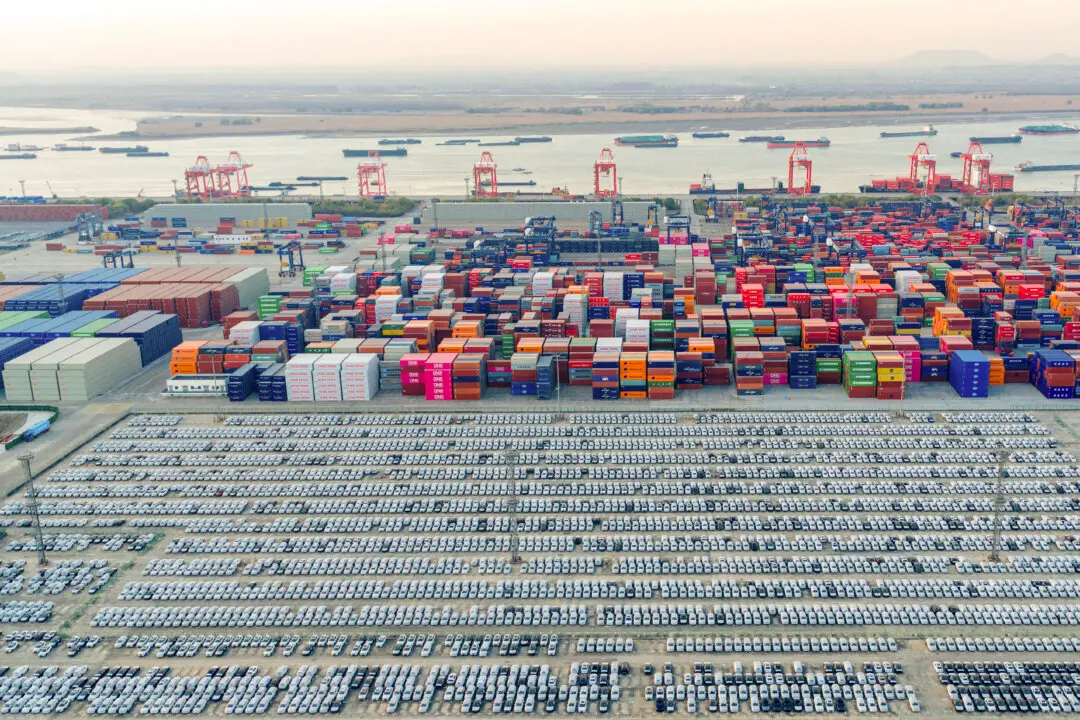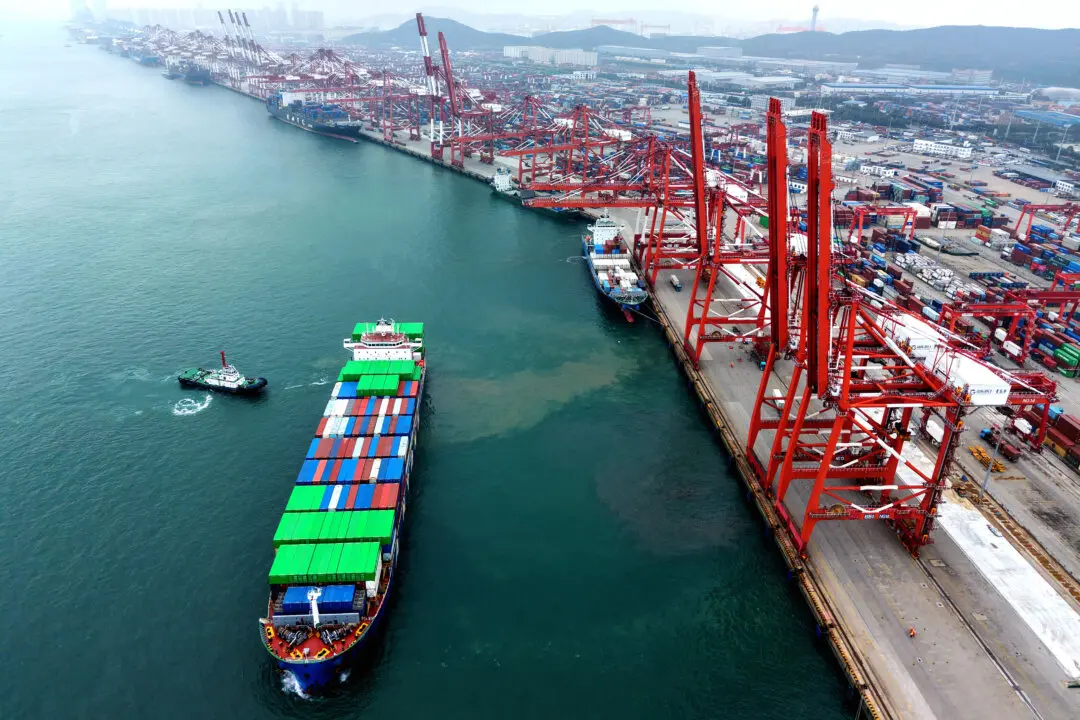Commentary
Under Chinese leader Xi Jinping, China has hardened its centrally directed approach to economics. Without siding with Xi, many Western media outlets and businesspeople have praised this centralized approach as superior to America’s seemingly chaotic market-oriented system. Some have even forecast the ultimate triumph of the Chinese model.





